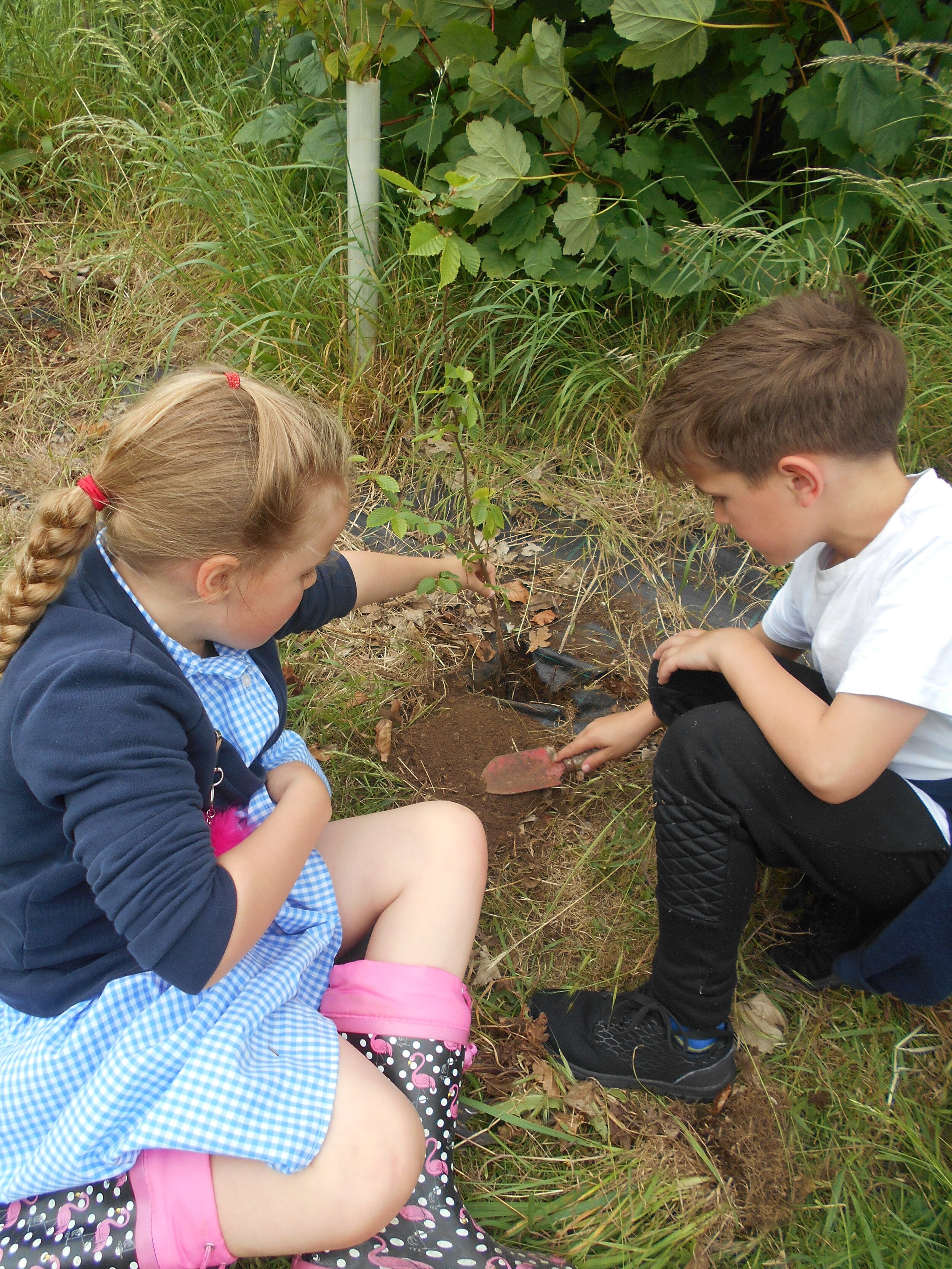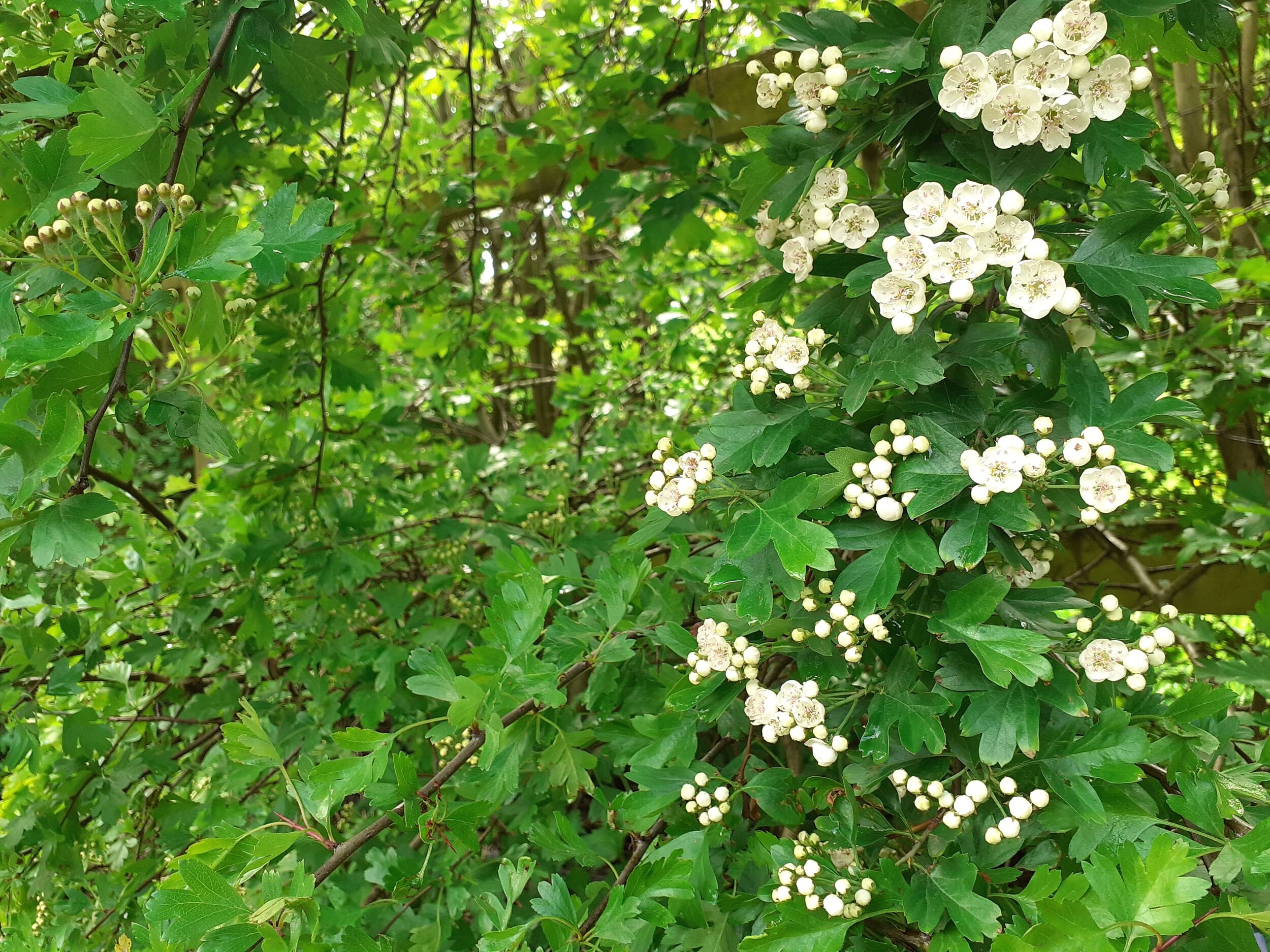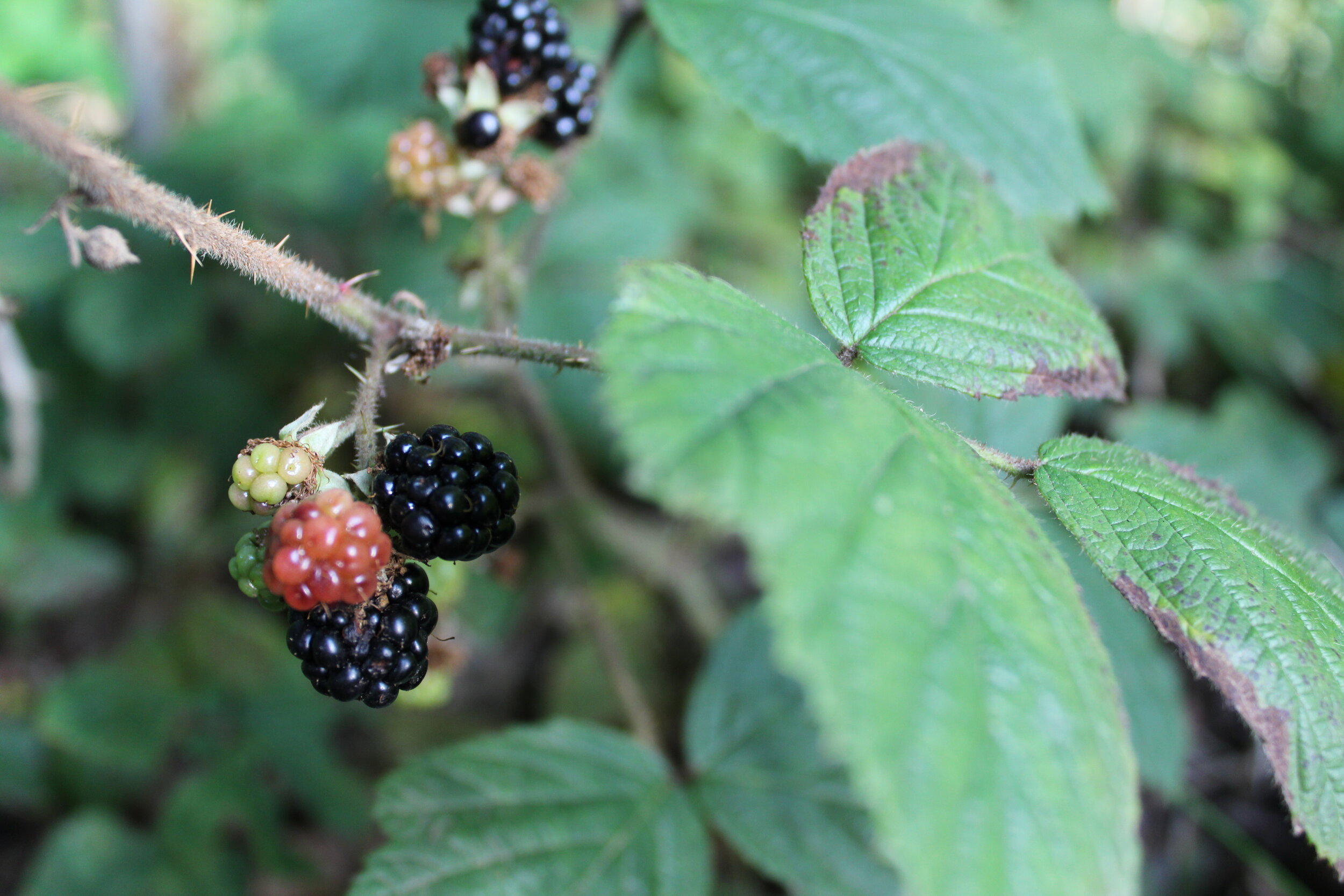WHY DO WE PLANT hedgerows WITH SCHOOLS?
Trees planted into long hedges around cities and in the countryside serve an important role for a healthy environment, prevent soil erosion, sequester carbon and provide shelter and food for all kinds of wildlife species. Since the 1940s, hedgerows have unfortunately been removed or disappeared at a fast rate with some parts of the UK having lost 50% of its hedgerows. It is stated that the vast majority are in a deteriorating state, being so badly managed that their function for wildlife is also greatly reduced, with only about 25% is a proper state.
to create Wildlife Corridors
From birds nesting inside hedges and dormice bringing up the next generation, to toads, lizards, snakes, bats and hedgehogs using it as a safe corridor between habitats and being a safe heaven. Besides the hundreds of types of insects, including butterflies, moths and bees, which are said to use hedgerows to navigate the landscape. Overall making hedges a very important part of our environment for many species.
Photo by: Roger A Smith from Wikimedia Commons
to improve air quality
We have all become increasingly aware of the worsening pollution that is causing air quality around cities and towns to reach dangerous levels, which is directly impacting people’s health and wellbeing. Trees and plants are natural air purifiers as they soak in the CO2 to create oxygen. Some early studies have now shown that when you have hedgerows planted between buildings and roads, the hedge of trees could minimise the level of toxic particles in the air that will eventually reach people.
In other words, planting hedgerows are not only for the local wildlife, but also for the health of children and youth at their school. Hedges could mitigate some of the air pollution and serve children better air quality, which is detrimental to their overall physical and mental health.
to develop practical skills and environmental knowledge
The Hedgerow Habitat and Wildlife Corridor programme is like our other school programmes, practical and to provide a genuine effort of restoring local wildlife species and habitats. It serves as an opportunity for children to learn practical skills, learn about the natural world and have some fun in the process. Don’t hesitate to involve the children in the planning taking place before the planting either, and customise the work depending on ages. Some of the skills that the children gain include:
How to use tools, such as spades and rakes
Listening to instructions on planting, asking questions about the trees
Wildlife identification; they learn to recognise certain trees, plants and insects
Creative thinking; children given a taste of freedom come up with very imaginative and inspiring ideas as they plant the trees and create a hedgerow
Team work and sharing
Responsibility, to take care of a habitat and wildlife they come across
A feeling of working together for a good cause, a connection with each other and the land.
The School Hedgerow Habitat & Wildlife Corridor programme therefore plays an important role in restoring the environment and local wildlife populations in local communities, while also offering the next generations an opportunity to learn actively about and being engaged with the environment, ecology, wildlife, various sciences and learning about the importance of the natural world.
how to create a hedgerow habitat & wildlife corridor
An area is set up within school grounds, where up to 30 tree saplings of various native tree species are planted in a particular manner to create a hedge. It is said that you need about 3 trees to plant 1 metre (3.3ft) of hedge, hence 30 trees could create a hedge up to 10 metres (33ft) long. The tree species will be chosen specifically for this purpose, which can include Hawthorn, Blackthorn, Hornbeam, Hazel, Field Maple, Cherry and others depending on your area, season and availability. It will usually be a mix of the above. These species are specially suitable for creating hedges and you will likely have seen these in your own neighbourhoods.
The trees will be small to begin with, so watering and looking after them is part of the process. As the trees flower and get larger, denser and greener, the hedge will continue to need looking after. This can be done while the children also observe the mammals, birds and insects that the hedge have attracted, as part of their education and (after) school activities.
Help the hazel dormouse with hedges!
Photo By: Björn Schulz from Wikimedia Commons
The tiny adorable dormouse is a wildlife species that have been in a steadily decline in the UK, being extinct in at least 17 counties and vulnerable to extinction in the entire country. They are protected under the Wildlife and Countryside Act 1981, as since the 1970s, it is estimated that dormice have declined 64% in hedgerows.
They live in woody vegetation and habitat and rely on hedgerows to connect them to other habitats including woodlands, as well as using them for nesting, feeding and more. If your school is situated near a woodland, a hedge created near this would provide a much welcomed nesting habitat and corridor for the hazel dormouse to use. Have a look the guidance on how to create the best hedge for them.
Join with your School!
Does this sound like something your school would like to be part of? If you are an educational facility looking to plant a hedgerow habitat & wildlife corridor, you can show your interest by clicking on the ‘Register your school’ link below.
All we need are a few details on who to reach out to, your school details and a brief description on why you would like your school to take part.
You can also have a look at our other school environmental programmes that include planting small-scale wildflower meadows for pollinators with our Flutter Flowers programme, or setting up a small scale School Tree Nursery to plant trees in your community.







